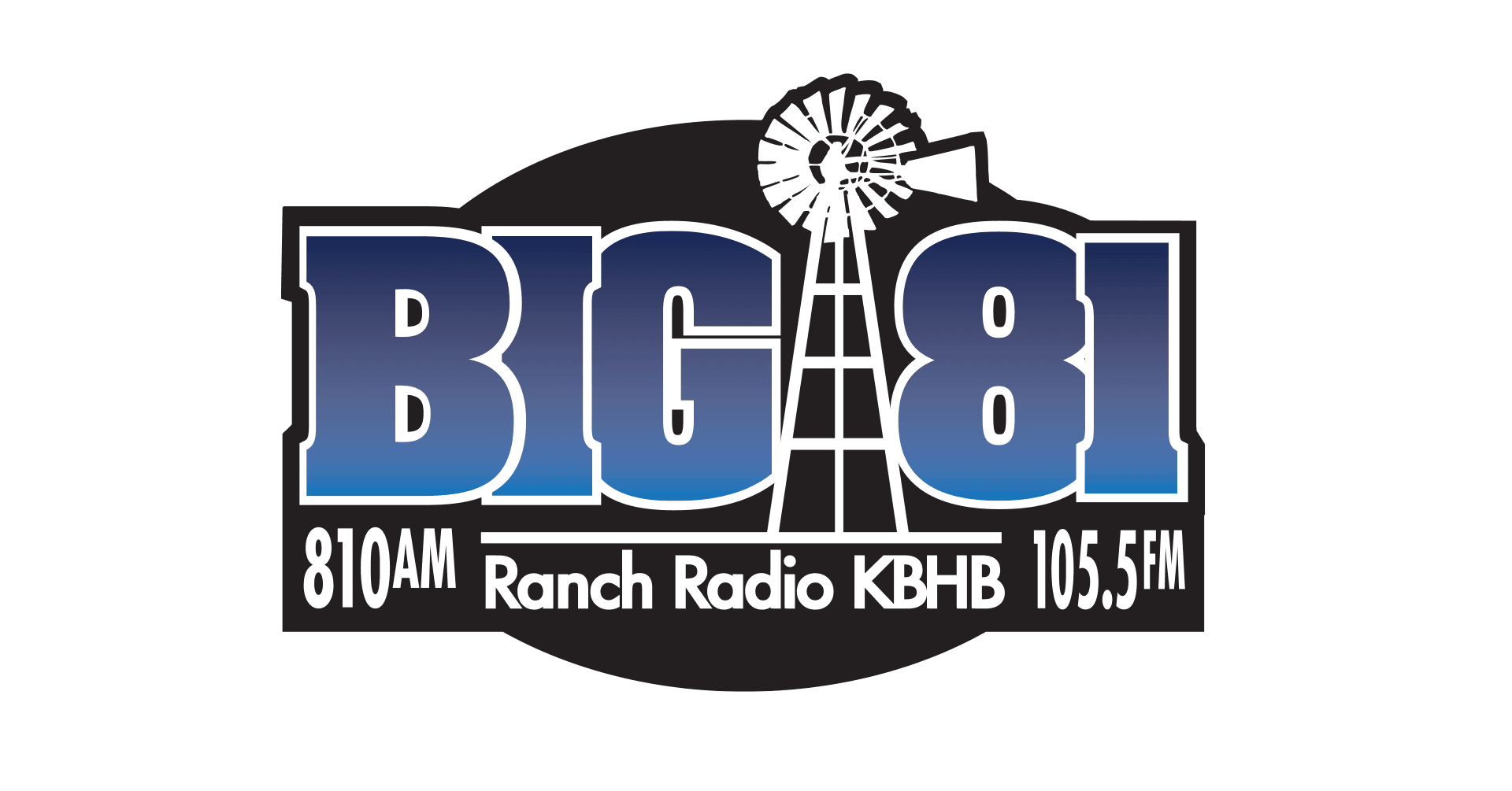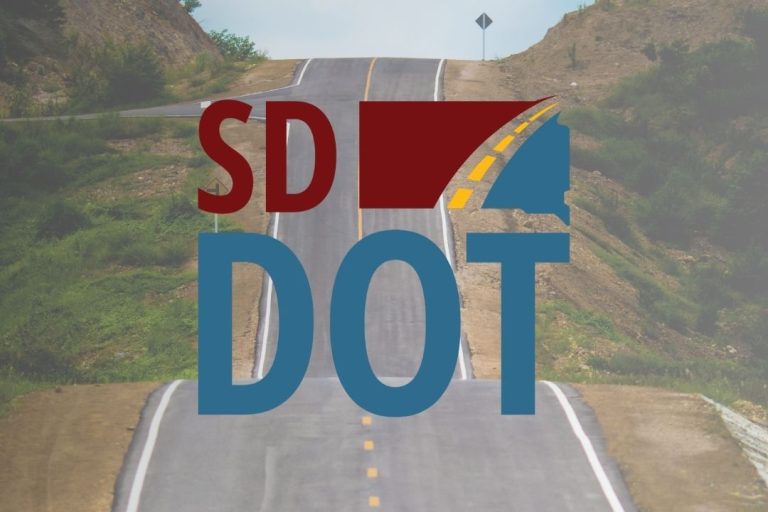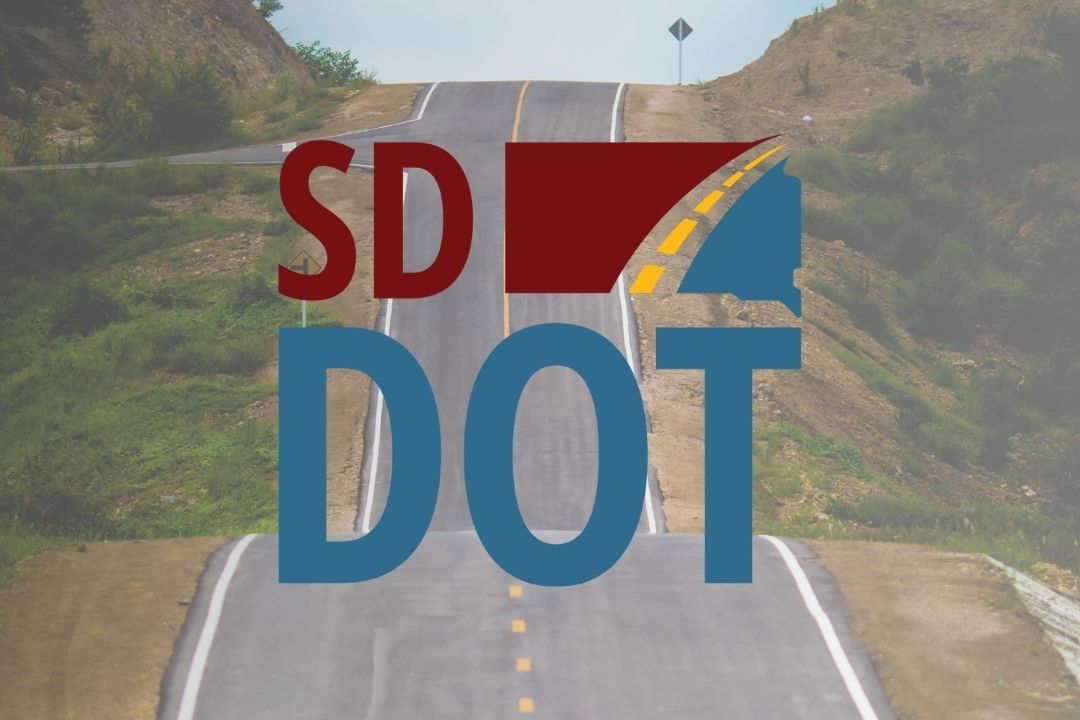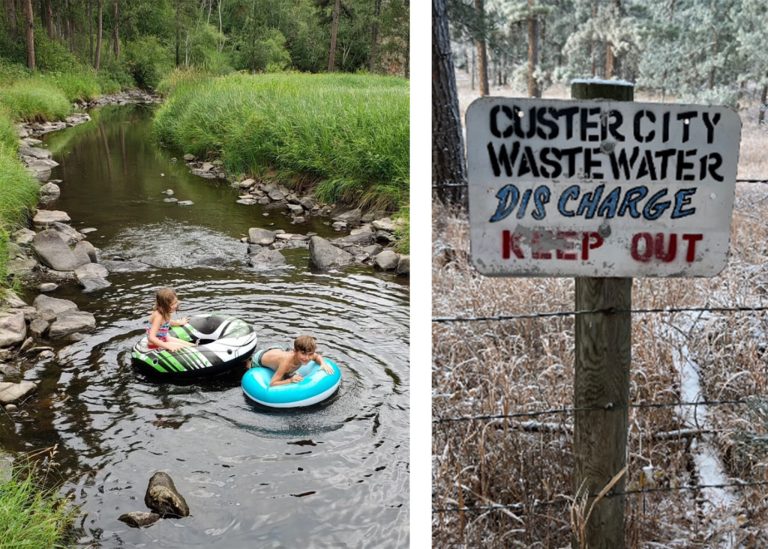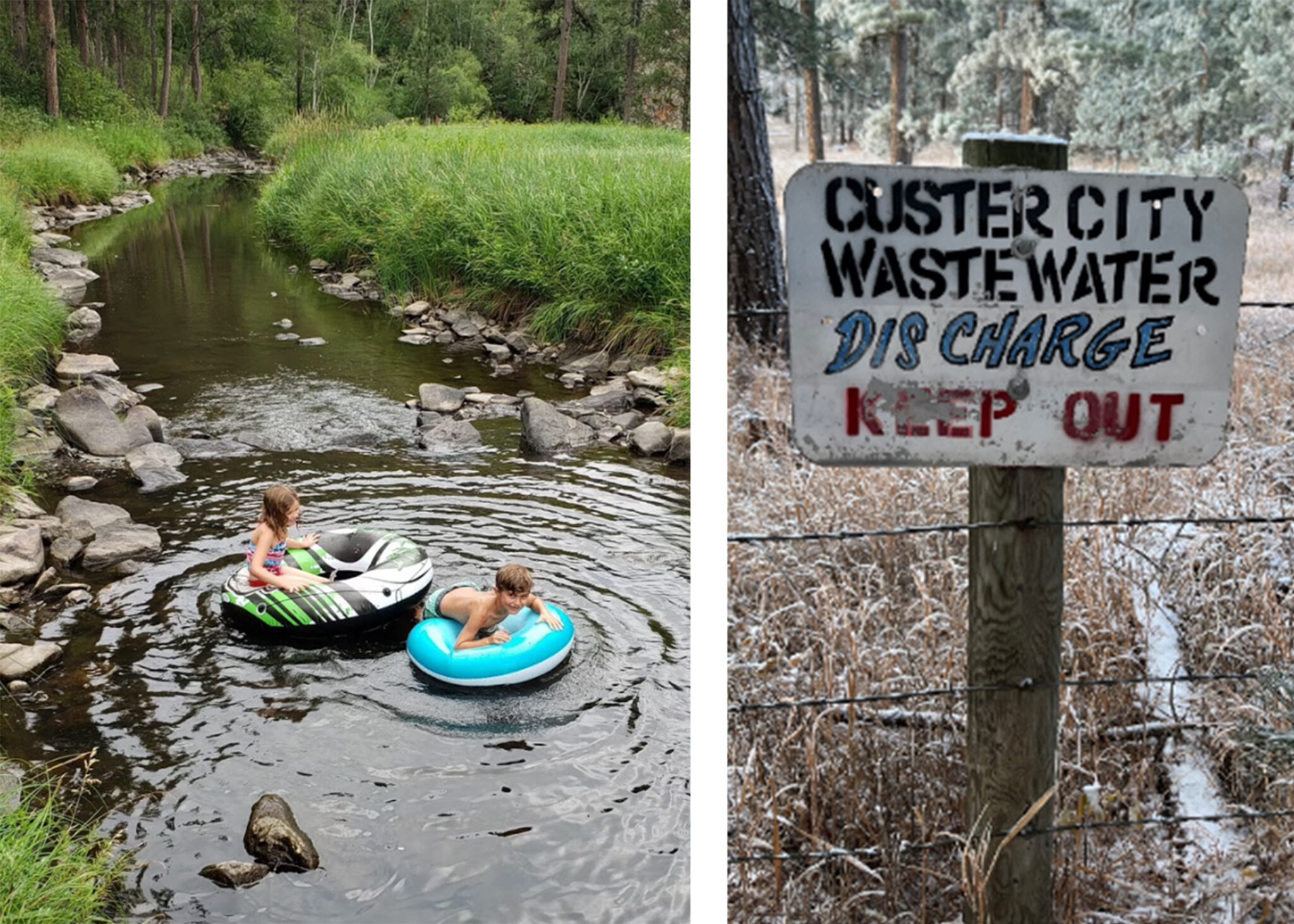BISMARCK, N.D. (AP) — North Dakota Gov. Doug Burgum appealed to Keystone pipeline owner TC Energy to review its inspection and monitoring of the line after it leaked an estimated 400,000 gallons (1.4 million liters) in the northeastern part of the state.
Burgum spokesman Mike Nowatzki said the Republican governor spoke Thursday night to officials at the Calgary, Alberta-based company formerly known as TransCanada.
The conversation came two days after the company shut down the pipeline after the leak was discovered and affected about 22,500 square feet (2090 sq. meters) of land near Edinburg, in Walsh County. Burgum said in a statement he “received assurance” from the company that the spill would be cleaned up “as thoroughly and quickly as possible.” North Dakota regulators said some wetlands were affected, but not any sources of drinking water.
State Environmental Quality Chief Dave Glatt said the pipeline remained closed Friday and the cause of the spill was still unknown.
About 4,200 gallons (15898.26 liters) of crude oil has been recovered from the spill, Glatt said. He said workers were expected to dig up a portion of the underground pipeline within the next few days to inspect it. “The company has the spill contained and nothing is moving off site,” Glatt said.
In November 2017, the Keystone pipeline ruptured near Amherst, S.D., spilling 407,000 gallons of oil, though initial estimates pegged the leak at 210,000 gallons. This week’s leak in North Dakota would rank in the Top 10 largest U.S. onshore oil spills since 2010.
North Dakota regulators were not required to tell the public about oilfield-related spills until 2013 after a wheat farmer in northwestern North Dakota discovered a massive spill that has been called one of the biggest onshore spills in U.S. history. North Dakota Gov. Doug Burgum signed a law in 2017 that excuses oil companies from reporting spills of up to 10 barrels, or 420 gallons, of oil and produced water if the spill is contained onsite.
Crude began flowing through the $5.2 billion pipeline in 2011. It’s designed to carry crude oil across Saskatchewan and Manitoba, and through North Dakota, South Dakota, Nebraska, Kansas and Missouri on the way to refineries in Patoka, Illinois and Cushing, Oklahoma.
It can handle about 23 million gallons (87.06 million liters) daily.
The pipeline spill and shutdown come as the company seeks to build the $8 billion Keystone XL pipeline that would carry tar sands oil from Alberta, Canada, to refineries in Texas. The proposed Keystone XL pipeline has drawn opposition from people who fear it will harm the environment.
President Donald Trump issued a federal permit for the expansion project in 2017, after it had been rejected by the Obama administration.
Together, the massive Keystone and Keystone XL network would be about five times the length of the trans-Alaska oil pipeline.
